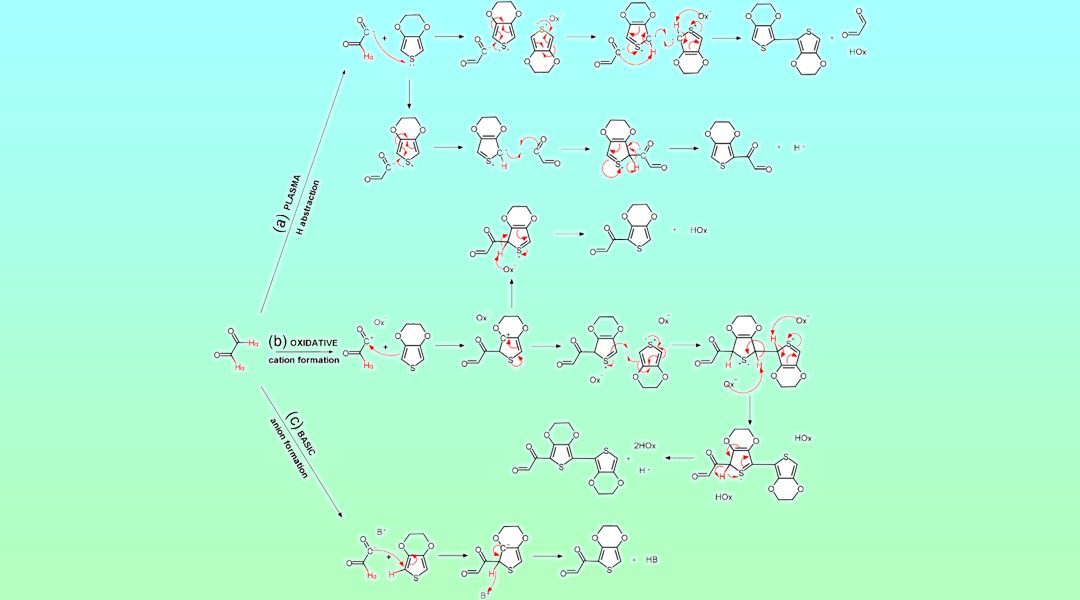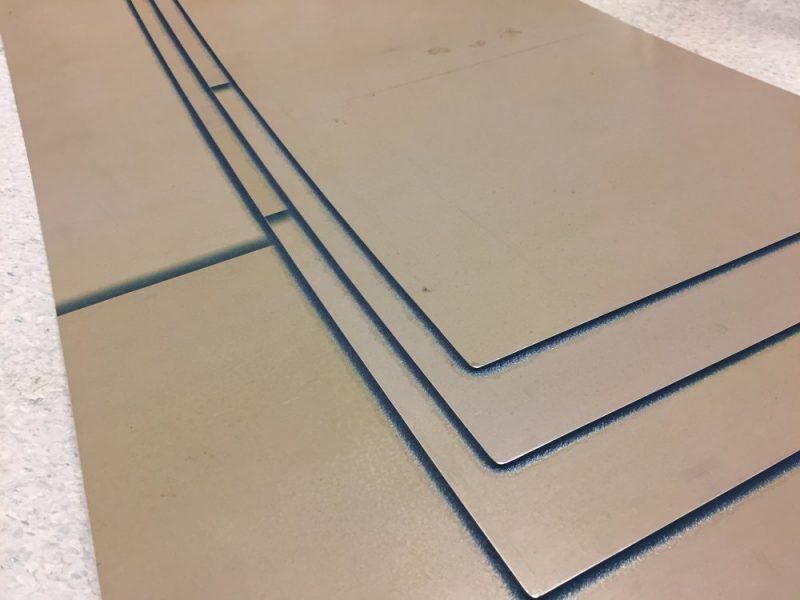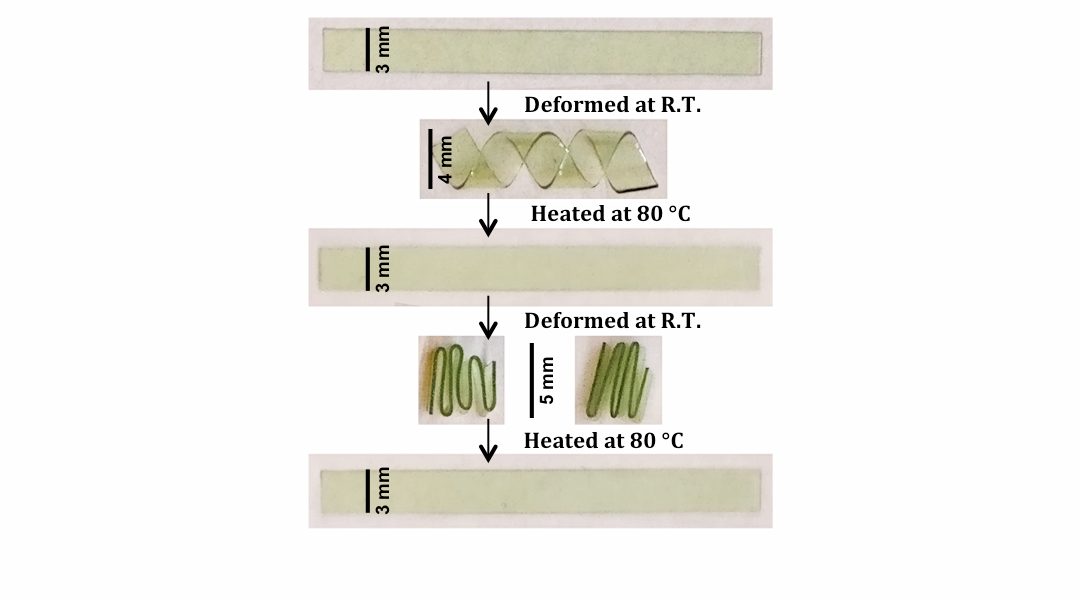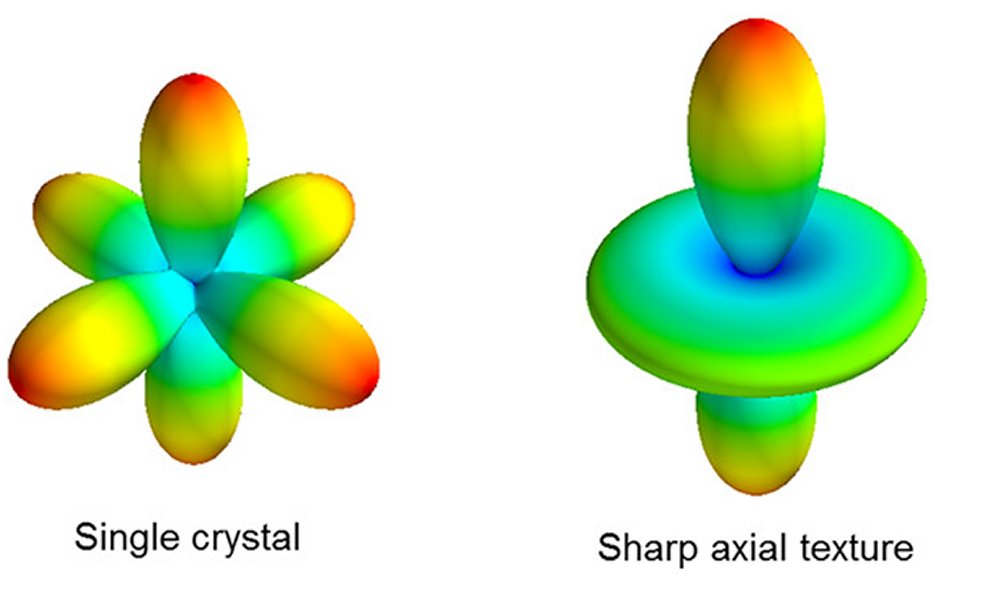Muhammad Mustafa Hussain and co-workers from King Abdullah University of Science and Technology address the potential of complementary metal-oxide semiconductor (CMOS)-based microfluidic devices for affordable personalized healthcare.
![Microfluidic Devices for Affordable Personalized Healthcare [Video]](https://www.advancedsciencenews.com/wp-content/uploads/2018/04/adma201705759_ASN_image.jpg)
![Microfluidic Devices for Affordable Personalized Healthcare [Video]](https://www.advancedsciencenews.com/wp-content/uploads/2018/04/adma201705759_ASN_image.jpg)
Muhammad Mustafa Hussain and co-workers from King Abdullah University of Science and Technology address the potential of complementary metal-oxide semiconductor (CMOS)-based microfluidic devices for affordable personalized healthcare.

A colloidal nanocrystal layer enables 2D to 3D shape transformations of “hard” inorganic materials.

A research team from the institute for Materials Research and Technology in Luxembourg created a simple and easily scalable approach toward the simultaneous synthesis and deposition of conducting plasma‐polymerized 3,4‐ethylenedioxythiophene (ppEDOT) coatings.

To increase the structural efficiency of composite aircraft requires further optimization of aeronautical structures to maximally exploit the material performance.

A team from the USA have developed a technique for making gold nanoparticles from old SIM cards .
![Early-Stage Cancer Detection with a Lanthanide-Based Metal Organic Framework [Video]](https://www.advancedsciencenews.com/wp-content/uploads/2018/04/adfm201707169_ASN_image_002.png)
Researchers from Nankai University and the Collaborative Innovation Center of Chemical Science and Engineering in Tianjin, China, demonstrate a luminescent sensor based on a lanthanide metal–organic framework (Ln-MOF) for early detection of cancer.

Thermosetting photopolymers with high stiffness, strength and thermoplastic-like ductility.

This Special Section of Advanced Engineering Materials presents reviews and original research on topics related to the texture and microstructure of engineering materials.
![3D Microflower Cathode Promotes Oxygen Diffusion in Lithium–Oxygen Batteries [Video]](https://www.advancedsciencenews.com/wp-content/uploads/2018/04/aenm201800089_ASN_image.png)
Dr. Mingsen Zheng, Prof. Quanfeng Dong, and co-workers from Xiamen University design a plant-inspired, high-performance cobalt sulfide–porous carbon foil (PCF) electrode for lithium–air (Li–O2) batteries.

Rational design of nanoparticles with state-of-the-art strategies can effectively improve the penetration as well as therapeutic efficacy of cancer nanomedicines